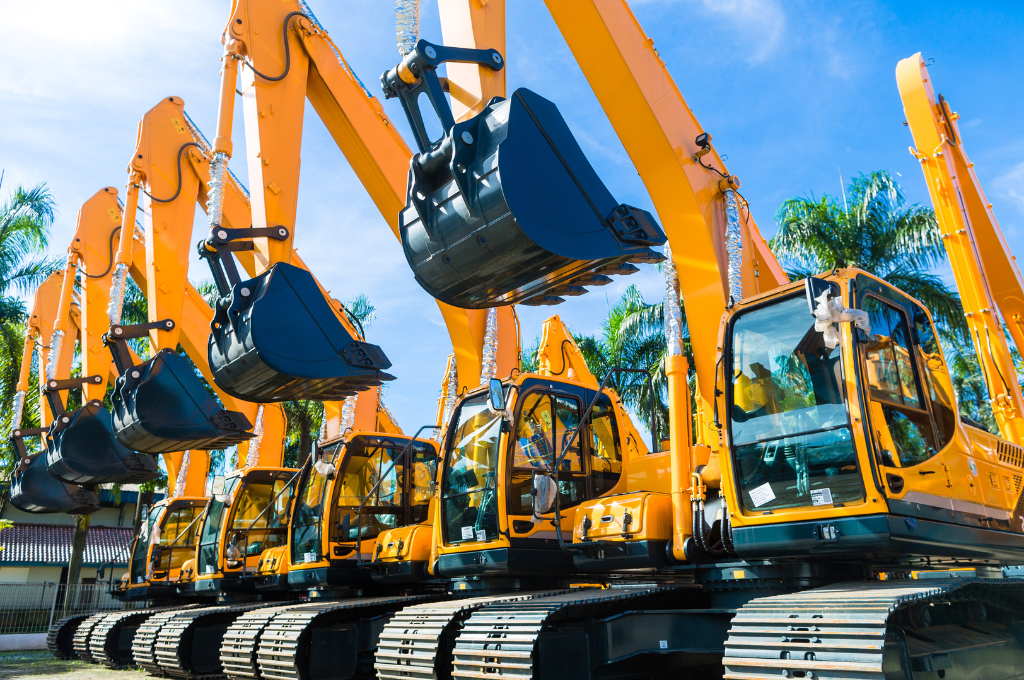Understanding an Equipment Sale-Leaseback Transaction
In the fast-paced world of business finance, agility is key to staying ahead. One financial strategy gaining traction is the equipment sale-leaseback, a creative solution that transforms idle assets into liquidity without disrupting operations.
What is an Equipment Sale-Leaseback?
An equipment sale-leaseback is a transaction where a company sells its equipment to a buyer and then leases it back. This seemingly simple transaction allows businesses to access cash locked in their existing assets without sacrificing the use of that equipment. It’s a practical choice for companies needing immediate capital to fuel growth, manage debts, or stabilize cash flow.
In a sale-leaseback, the equipment doesn’t leave your premises—it remains on-site, serving your business as it always has. The transaction’s essence lies in ownership transfer, not physical relocation. This arrangement enables companies to maintain operational continuity while gaining liquid assets. For many, it’s a lifeline, particularly when traditional financing options are costly or inaccessible.
How Does a Sale-Leaseback Transaction Work?
At its core, a sale-leaseback transaction involves three key steps.
- First, the company identifies its eligible equipment and finds a willing buyer—often a commercial financing company. The buyer assesses the equipment’s value, focusing on its market and liquidation potential. Once both parties agree on a price, the sale is completed, transferring ownership to the buyer.
- Next, the former owner, now the lessee, enters into a lease agreement with the buyer. This document specifies the lease term, payment schedule, and conditions for equipment use. The company continues to operate the equipment as usual, while making regular lease payments. This arrangement provides much-needed liquidity without operational disruptions.
- Finally, at the lease’s end, the company can opt to renew the lease, purchase the equipment back, or return it to the finance company. Each option has its merits, offering businesses the flexibility to respond to changing circumstances. A successful sale-leaseback hinges on clear, mutually beneficial terms that align with the company’s financial goals and operational needs.
3 Benefits of Equipment Sale-Leasebacks
1. Immediate Cash Injection
A key benefit of an equipment sale-leaseback is the ability to quickly convert non-liquid assets into working capital. By selling equipment, companies can fund initiatives like expansion, reduce debt, or cover emergency expenses. This boosts financial flexibility, enabling companies to seize new opportunities or navigate tough times.
2. Continued Use of Essential Equipment
Companies retain access to critical equipment without disruption. There’s no need to purchase new machinery, avoiding downtime or operational delays. This ensures business continuity while leveraging the financial advantages of the sale-leaseback, particularly for firms with custom or specialized equipment that is vital to daily operations.
3. Improved Balance Sheet and Debt Reduction
Sale-leasebacks can strengthen a company’s balance sheet by lowering debt service obligations. The cash influx allows businesses to pay off high-interest loans, enhancing financial health and creditworthiness. This restructuring can also optimize a company’s capital structure, making it more appealing to investors and lenders.
When is a Sale-Leaseback Right for Your Business?
A sale-leaseback is particularly useful when a business needs cash but faces high borrowing costs or limited access to traditional loans. Companies with valuable equipment assets can tap into their inherent worth, unlocking capital that might otherwise remain dormant. This strategy is also advantageous when optimizing capital structure is a priority, providing a pathway to reallocate resources more strategically.
Businesses experiencing growth spurts or seasonal fluctuations may also benefit from sale-leasebacks. The additional liquidity can help manage increased demand, invest in new projects, or cover temporary cash shortfalls. Before proceeding, it’s crucial to assess your company’s financial landscape, ensuring that the transaction aligns with your broader business objectives.
How 36th Street Capital Can Support Your Business
36th Street Capital is dedicated to providing tailored equipment financing solutions that empower businesses to thrive. Our expertise spans both non-investment and investment-grade middle-market companies, ensuring diverse and adaptable support for your unique needs.
By prioritizing an understanding of your company’s goals, we craft financing solutions that align with them, whether you’re looking to finance new equipment or monetize existing assets. With a wide array of financing products and a team of specialists, we are ready to support your business’s growth and financial health. Partner with us to unlock the potential of your equipment assets and pave the way for long-term success.
